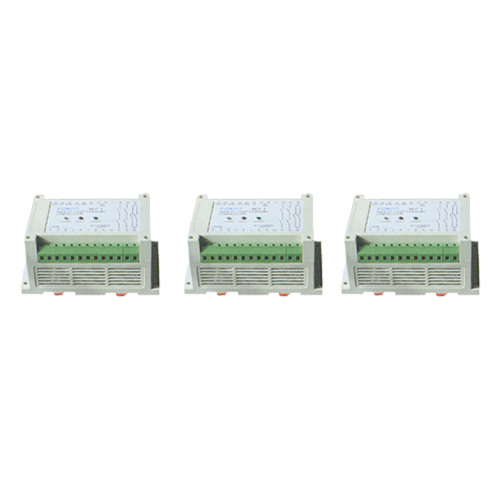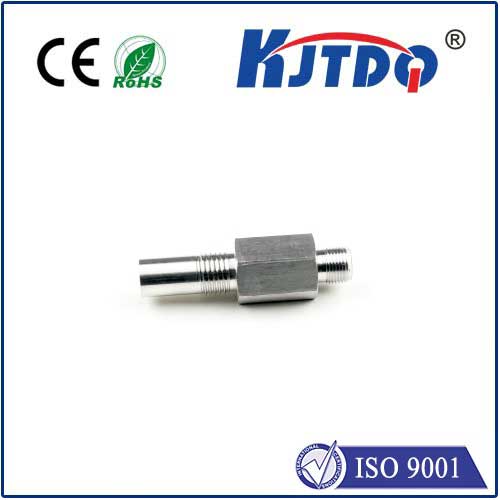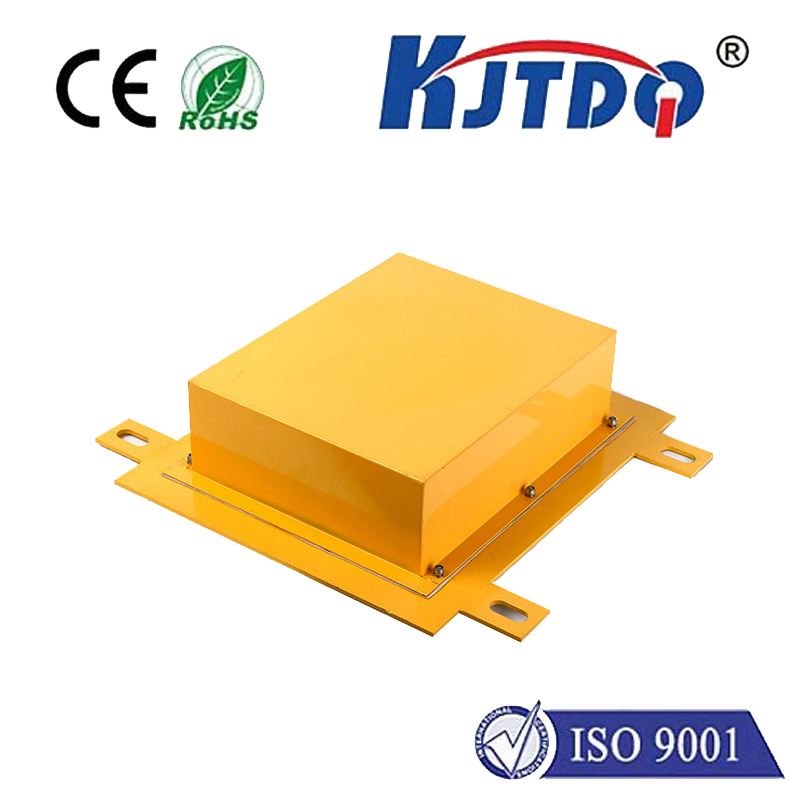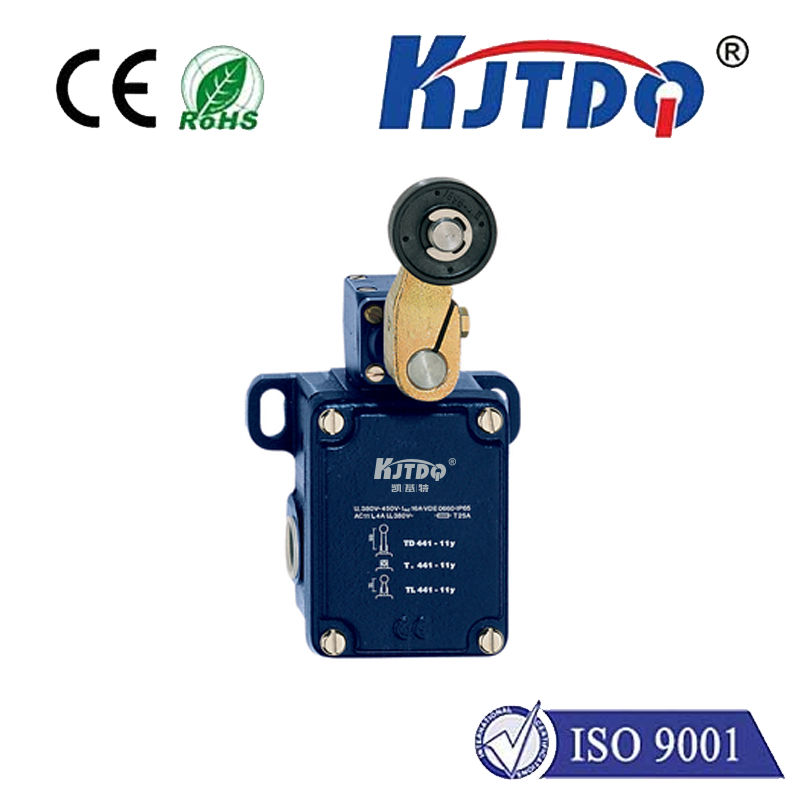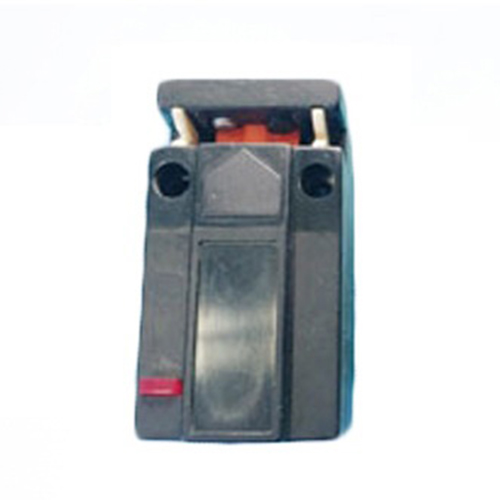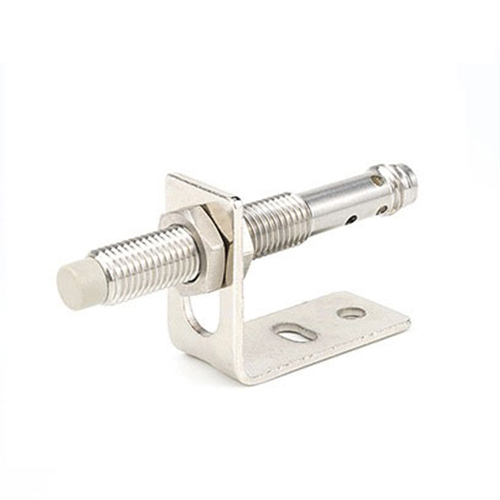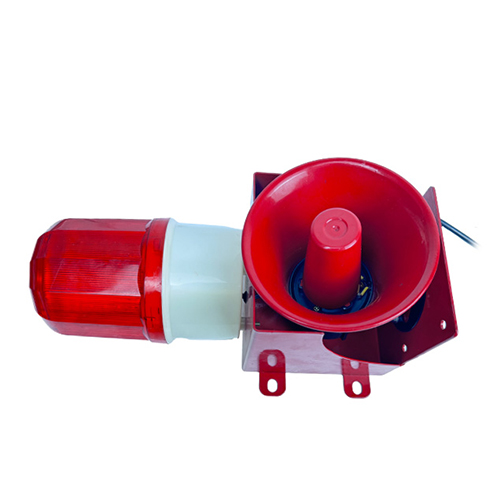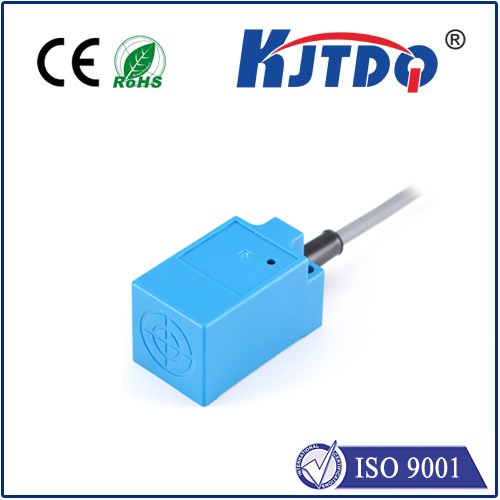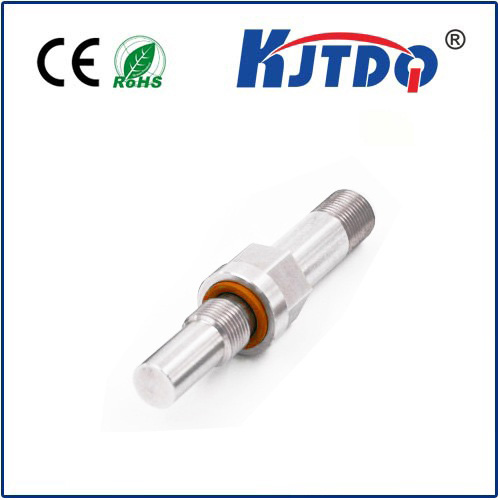optical proximity sensor
- time:2025-06-15 02:30:38
- Click:0
Seeing Without Touch: How Optical Proximity Sensors Transform Detection
That moment your phone screen dims as you raise it to your ear, or the automatic faucet that springs to life when you reach your hands underneath – these seamless interactions feel almost magical. But behind this modern convenience lies a sophisticated piece of technology: the optical proximity sensor. This ingenious device silently revolutionizes how machines perceive their immediate surroundings, enabling touchless control, enhanced safety, and smarter functionality across countless applications. Let’s delve into how these tiny electronic eyes “see” nearby objects without ever making contact.
Unveiling the Core Principle: Light as the Messenger
At its heart, an optical proximity sensor operates on a simple yet effective concept: it uses light to detect the presence or absence of a nearby object and often gauge its approximate distance. Unlike mechanical switches or ultrasonic sensors relying on sound waves, it leverages the properties of light – typically infrared (IR) light, invisible to the human eye. This makes it ideal for applications where physical contact is undesirable or impossible, and where quiet, fast operation is essential.
How Does an Optical Proximity Sensor Work? The Intricate Dance of Photons
The fundamental components working in concert are:

- Emitter (IR LED): This component emits a beam of infrared light. The wavelength chosen (usually near-infrared, around 850-940 nm) minimizes interference from ambient visible light.
- Detector (Photodiode or Phototransistor): Positioned strategically near the emitter, this element is sensitive to the emitted IR wavelength. Its job is to detect any light that bounces back.
- Detection Circuitry & Signal Processing: This is the “brain.” It powers the emitter, analyzes the signal from the detector, and makes the determination about object presence and sometimes distance.
Here’s the detection process:
- Emission: The IR LED pulses or continuously emits its beam into the surrounding space.
- Reflection: If an object enters the sensor’s effective detection range, some of the emitted IR light reflects off its surface.
- Reception: The reflected IR light travels back towards the sensor and falls upon the photodetector.
- Interpretation: The detection circuitry senses the change in the amount of light hitting the detector. A significant increase from the baseline (when no object is present) indicates an object is nearby. More sophisticated sensors correlate the intensity of the reflected light with the object’s distance – generally, a closer object reflects more light strongly back to the detector.
Why Choose Optical Proximity? Key Advantages Shining Through
Compared to alternative proximity detection methods like ultrasonic or capacitive sensors, optical proximity sensors offer distinct benefits:
- Non-Contact Sensing: Eliminates wear and tear and avoids physical interaction with the object being detected. Ideal for fragile items or hygienic environments.
- High Speed: Light travels incredibly fast, allowing for very rapid detection and response times, often in milliseconds.
- Compact Size: Modern components enable tiny sensor footprints, making them perfect for space-constrained applications like smartphones and wearables.
- Cost-Effectiveness: Relatively simple design using mass-produced components translates to affordable solutions.
- Immunity to Surface Factors: Generally unaffected by the target object’s material properties (like color or conductivity) that can impact capacitive or inductive sensors. Works effectively with most non-transparent surfaces.
- Low Power Consumption: Especially when using pulsed IR light, power usage can be optimized significantly, crucial for battery-powered devices.
Beyond the Phone: The Widespread World of Optical Proximity Applications
While the smartphone example is ubiquitous (screen blanking during calls, preventing accidental touches), the reach of optical proximity sensors is vast:
- Industrial Automation: Object detection on conveyor belts, robotic arm path obstruction sensing, part counting, machine guarding.
- Consumer Electronics: Screen management in laptops/tablets, touchless gesture control, presence detection in smart home devices (thermostats, lighting), gaming peripherals.
- Appliance Control: Touchless faucets, soap dispensers, paper towel dispensers, automatic doors, trash can lids.
- Automotive: Occupancy detection for airbag systems, touchless trunk opening, driver alertness monitoring (detecting head position).
- Security Systems: Intrusion detection by sensing movement near entry points.
- Medical Devices: Enhancing safety in diagnostic or therapeutic equipment by ensuring proper patient positioning or detecting instrument proximity.
Navigating Limitations: Ensuring Optimal Performance
No technology is perfect, and optical proximity sensing has considerations:
- Optical Interference: Strong ambient light sources (especially sunlight containing IR) can saturate the detector and cause false readings or reduced range. Proper optical design (shielding, filters) and signal processing are used to mitigate this.
- Material Dependency: Transparent objects (clear glass, certain plastics) or extremely dark, non-reflective surfaces might not reflect sufficient IR light to be reliably detected. Testing with the target object is crucial.
- Limited Range: Typical effective ranges are relatively short, usually from a few millimeters up to several tens of centimeters, depending on the sensor’s power and design. Not suitable for long-distance applications.
- Environmental Factors: Dust, fog, or condensation on the sensor lens/window can significantly scatter or block the emitted and reflected light, impairing function. Self-cleaning optics or protective designs are sometimes employed.
The Future is Responsive: Evolution and Integration
The role of optical proximity sensors continues to expand. Advances focus on:
- Improved Accuracy & Range: Developing more sensitive detectors and smarter algorithms to enhance distance measurement precision and extend reliable detection zones.
- Miniaturization: Making sensors even smaller for integration into increasingly compact devices and wearables.
- Lower Power Consumption: Critical for IoT and portable electronics.
- Multi-Function Integration: Combining optical proximity sensing with ambient light sensing (ALS) in a single package is common. Future integration might include gesture recognition or simple environmental sensing capabilities within the same optical system.
Conclusion: An Essential Sensory Tool
The optical proximity sensor stands as a remarkable testament to how a focused application of light physics can solve real-world problems. Its ability to provide fast, reliable, non-contact detection makes it an indispensable component in our increasingly automated and interactive world. From the phone in your pocket to complex industrial machinery, these unseen optical sentinels work tirelessly, enabling smarter, safer, and more intuitive interactions between humans and machines. As technology marches forward, the role of these sensors will only become more pervasive and sophisticated.






